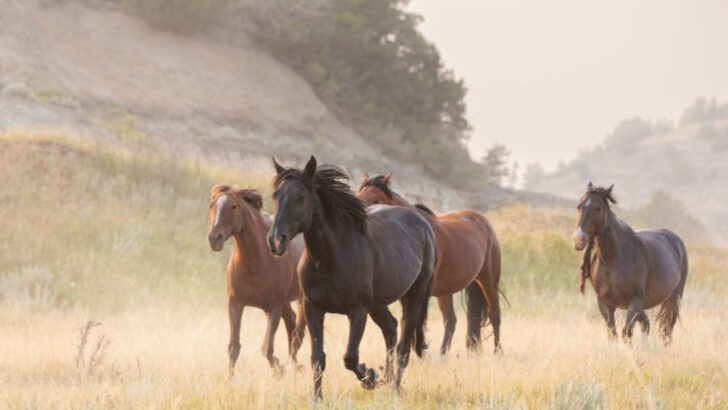Theodore Roosevelt National Park, a treasure trove of natural beauty and wildlife, offers visitors an immersive experience in nature’s grandeur.
Among its sprawling landscapes, the park hosts a remarkable array of animals that captivate and inspire.
These encounters provide an opportunity to connect with nature in profound and unforgettable ways.
From majestic bison to playful prairie dogs, each encounter tells a unique story of survival and adaptation. Whether you’re a seasoned wildlife enthusiast or a curious traveler, the park promises memorable experiences with its diverse inhabitants.
Discover the charm and intrigue of these 21 unforgettable animal encounters.
Bison Herds

Bison, the iconic symbol of the American West, roam freely across the expansive plains of Theodore Roosevelt National Park. Imagine standing amidst a vast landscape, observing these magnificent creatures as they graze peacefully.
Known for their resilience, bison have made a remarkable comeback from near extinction. Their presence in the park is a testament to successful conservation efforts.
Did you know that bison can weigh up to 2,000 pounds? Witnessing a bison herd in motion is a breathtaking experience that connects you to the history and wild spirit of the American frontier.
Prairie Dogs
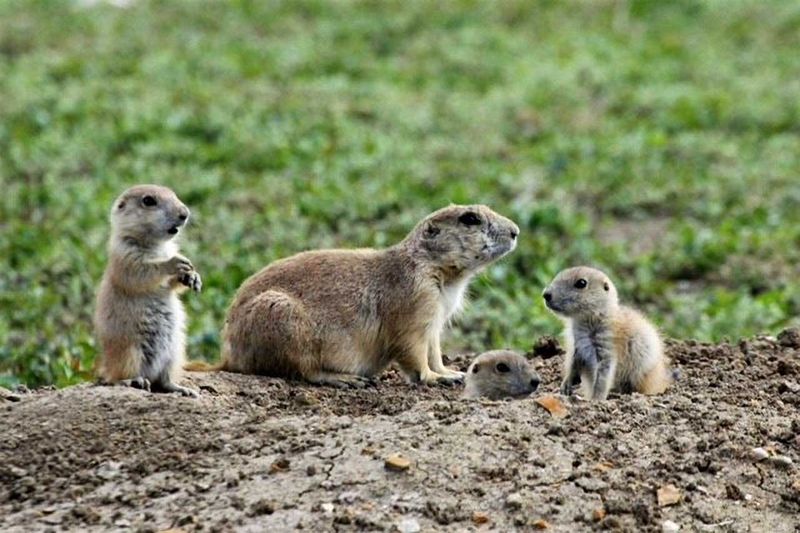
Prairie dogs, with their curious eyes and playful nature, add charm to the park’s grasslands. These social animals create vast underground networks, known as ‘towns.’
They are constantly on alert, communicating with a series of high-pitched calls. Watching a prairie dog pop its head out of a burrow is both amusing and endearing. Despite their small size, prairie dogs play a crucial role in the ecosystem, supporting numerous other wildlife.
They aerate the soil and serve as prey for predators like eagles and foxes. Observing these tiny architects is a delightful experience.
Elk Grazing
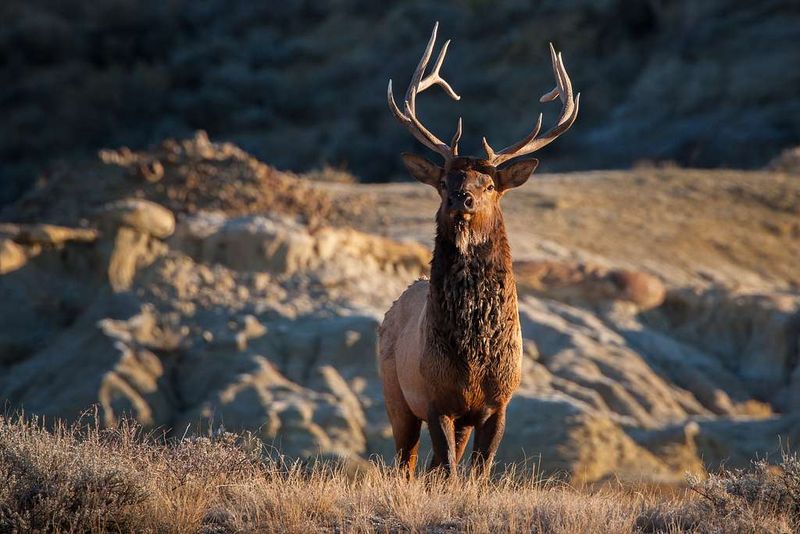
Elk, with their impressive antlers, are a sight to behold in the park. These regal animals often graze in open meadows, creating picturesque scenes against the backdrop of rolling hills.
The bugling call of a male elk during the rutting season is a sound that resonates across the park, an eerie yet thrilling experience. Elk once faced severe population declines, but conservation efforts have led to their resurgence.
Observing an elk in its natural habitat offers a glimpse into the delicate balance of the park’s ecosystem and a chance to appreciate nature’s wonders.
Wild Horses
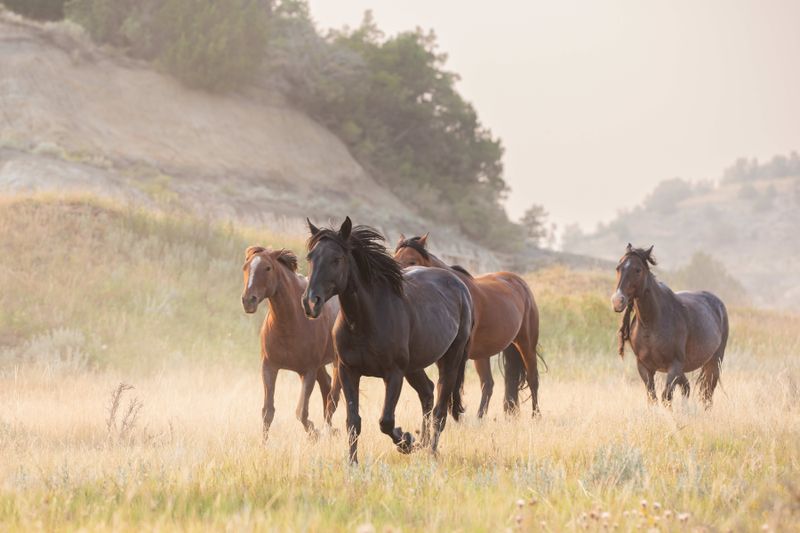
In the rugged Badlands of the park, wild horses run free, their manes flying with the wind. These hardy animals, descendants of domestic horses, have adapted to the harsh conditions.
Watching a herd of wild horses gallop across the landscape is a scene out of a Western movie. Each horse carries a story of survival and freedom. The park’s management ensures the population remains balanced, preserving the natural ecosystem.
With a sense of wild beauty, these horses embody the untamed spirit of the American West. Their presence in the park is nothing short of magical.
Bald Eagles
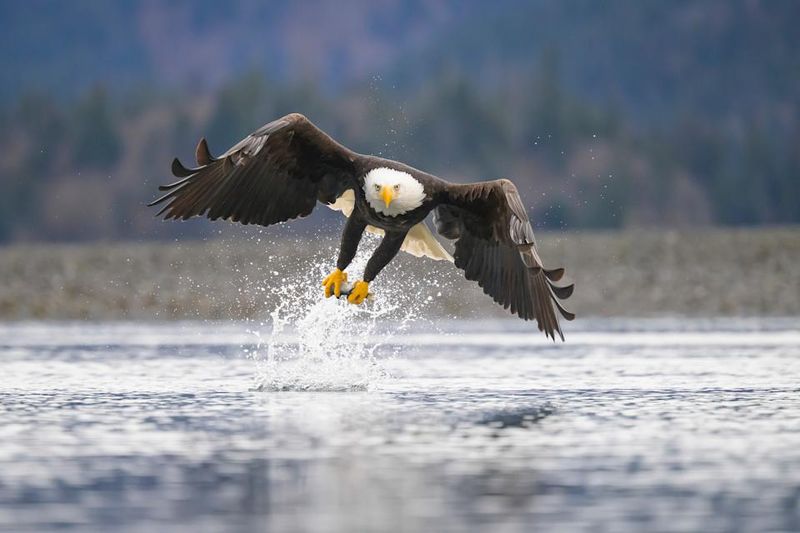
The sight of a bald eagle, with its striking white head and powerful wings, is a symbol of freedom. Soaring high above the Little Missouri River, these majestic birds of prey command the skies with grace and authority.
Their keen vision allows them to spot fish from great heights, swooping down with incredible speed. Encountering a bald eagle in the wild is an awe-inspiring experience, a reminder of the park’s rich biodiversity.
Conservation efforts have helped bald eagles recover from near extinction, making their presence in the park a triumphant return.
Mule Deer
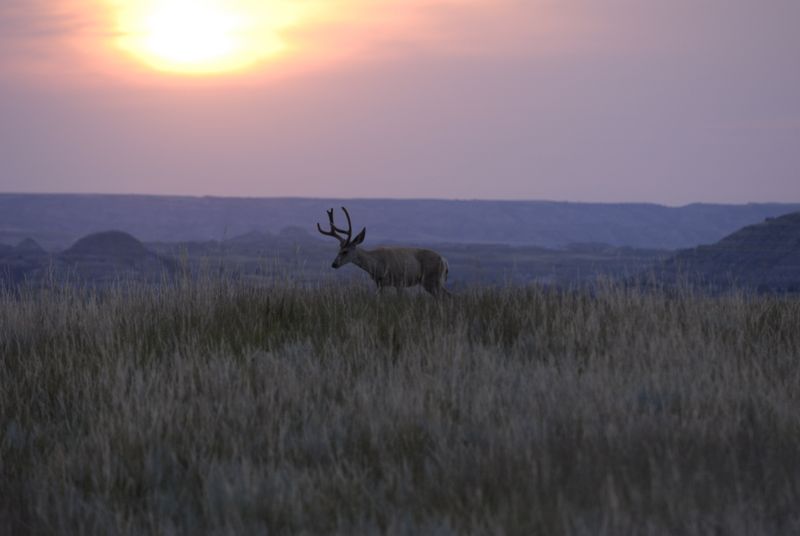
Mule deer, with their characteristic large ears and graceful movements, are a common sight in the park. These adaptable animals navigate the terrain with ease, often seen grazing or resting in the shade.
Their keen senses help them avoid predators, making them a symbol of vigilance. The park’s diverse habitats provide ample food and shelter for mule deer, contributing to their thriving populations.
Watching a mule deer tiptoe through the brush offers a peaceful moment of connection with nature. Their presence enriches the park’s tapestry of wildlife encounters.
Black-tailed Jackrabbits
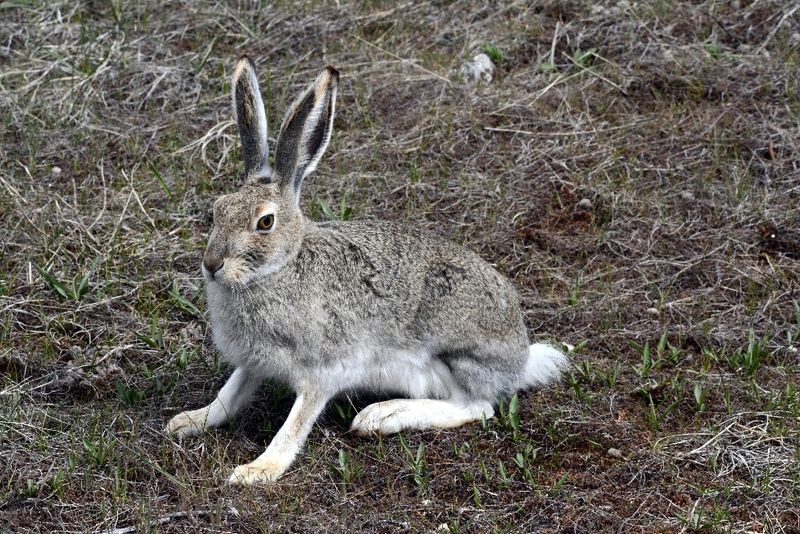
The swift black-tailed jackrabbit, with its long legs and ears, darts across the grasslands with remarkable speed. Known for their agility, jackrabbits are always poised for a quick escape from predators.
Their diet consists mainly of grasses and shrubs found in the park. Spotting a jackrabbit in mid-leap is a testament to nature’s adaptability and survival instincts. These elusive creatures are an integral part of the park’s ecosystem, contributing to the balance of flora and fauna.
Observing a jackrabbit in action is both thrilling and educational, showcasing nature’s dynamic energy.
Coyote Howls
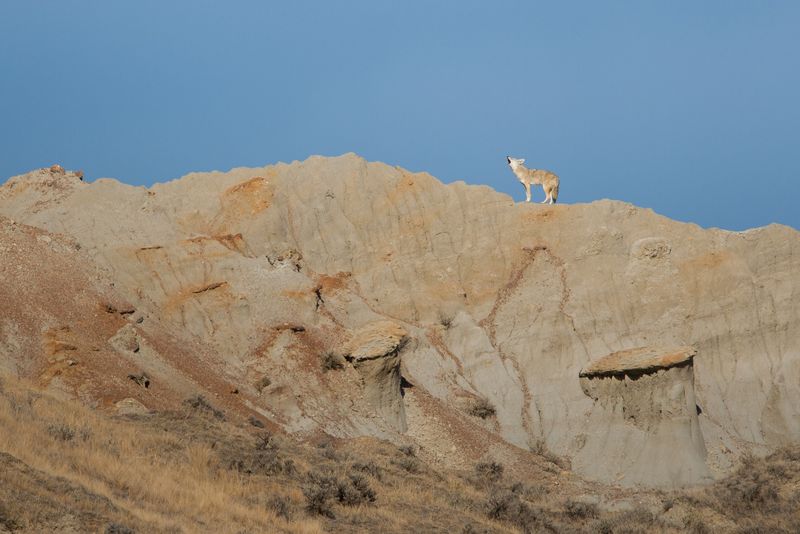
The haunting howl of a coyote echoes through the park, a call that captures the wild essence of the landscape. Coyotes are highly adaptable and intelligent predators, often seen alone or in small packs.
They play a crucial role in controlling rodent populations, maintaining the ecological balance. Observing a coyote on the prowl, with its sleek form and watchful eyes, is a thrilling encounter.
The coyote’s presence in the park is a reminder of nature’s resilience and adaptability. Their eerie calls add a mysterious allure to the park’s nocturnal symphony.
Porcupines
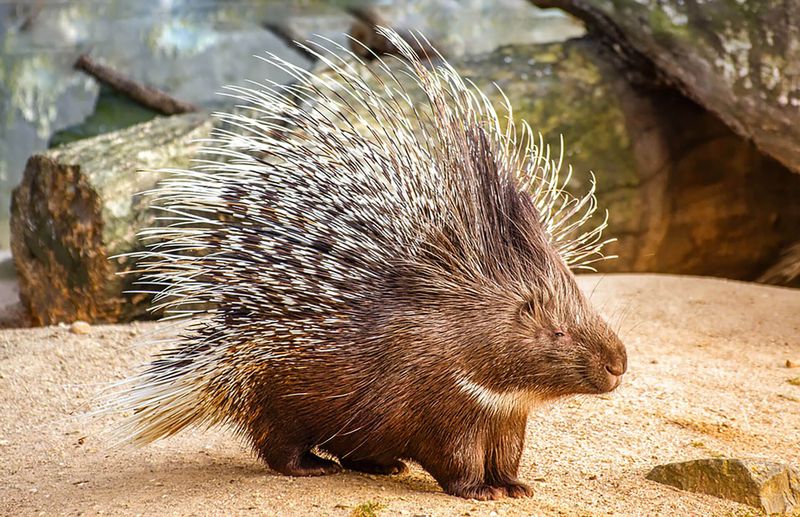
Porcupines, with their quilled armor, are fascinating creatures of the park’s woodlands. These nocturnal animals spend much of their time in trees, feeding on bark and leaves.
Despite their prickly defense, porcupines are generally solitary and peaceful. Observing a porcupine climb with surprising agility can be a delightful experience. Their quills, which can detach easily, act as a deterrent against predators.
Porcupines contribute to the park’s biodiversity, playing a role in maintaining the health of forested areas. Their unique appearance and behavior make them a captivating sight.
Great Horned Owls
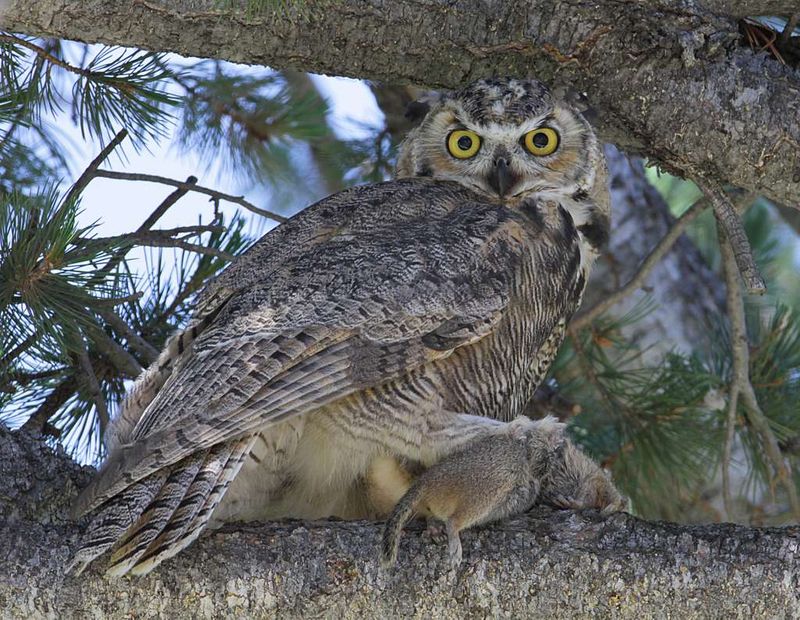
The great horned owl, with its tufted ‘horns’ and piercing gaze, is the phantom of the park’s night skies. Silent and stealthy, these owls are expert hunters, preying on a variety of animals.
Their haunting calls add an eerie charm to the twilight hours. Watching a great horned owl glide silently through the trees is a mesmerizing experience. These owls are highly territorial, often returning to the same nesting sites.
Their presence in the park is a testament to the rich avian diversity and the enchanting allure of nocturnal wildlife.
Swift Foxes
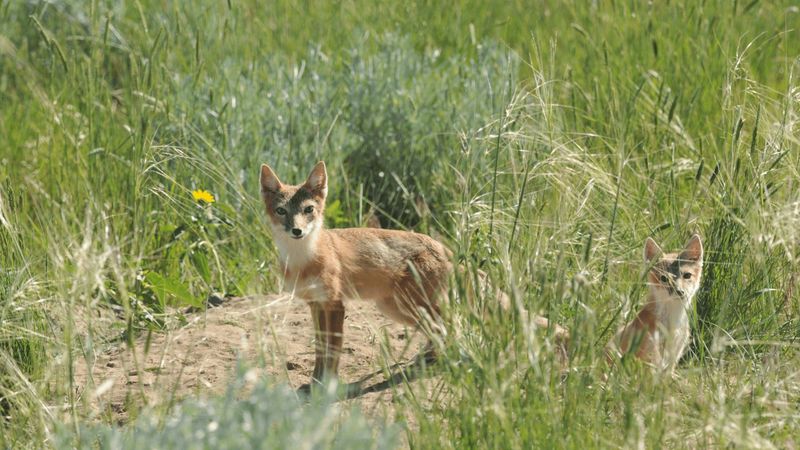
The elusive swift fox, with its petite frame and bushy tail, is a master of camouflage in the park’s grasslands. Swift foxes are nocturnal hunters, feeding on rodents and insects.
They live in family dens, showcasing strong social bonds and cooperation. Spotting a swift fox is a rare treat, as they are known for their shyness and speed. These foxes were once on the brink of extinction but have been successfully reintroduced in the region.
Their presence highlights the park’s efforts in wildlife restoration and the resilience of nature.
Burrowing Owls

Burrowing owls, with their comical expressions and long legs, are a delight to observe. Unlike most owls, they nest in burrows, often taking over those made by prairie dogs.
These diurnal raptors are active during the day, feeding on insects and small mammals. Watching a burrowing owl stand tall outside its burrow is an endearing sight. Their quirky behavior and adaptability make them a favorite among birdwatchers.
Burrowing owls contribute to the park’s rich biodiversity, representing the delicate interactions between species and their habitats.
Rattlesnakes
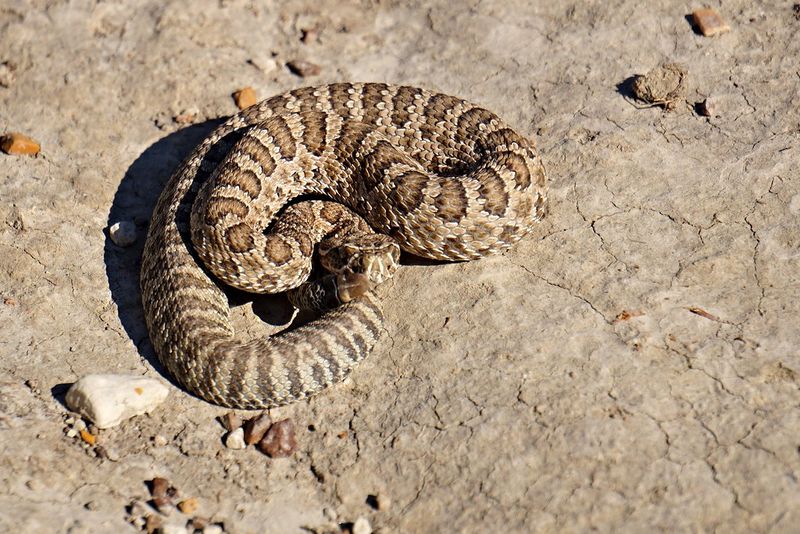
The rattlesnake, with its distinctive rattle and patterned scales, commands both respect and caution. These reptiles are often found basking on rocks, soaking up the sun’s warmth.
The sound of a rattlesnake’s rattle is a chilling yet thrilling reminder of the park’s wild side. Rattlesnakes play a vital role in controlling rodent populations, contributing to the ecological balance.
Observing a rattlesnake from a safe distance is an educational experience, highlighting nature’s intricate design. Their presence in the park underscores the diversity of life and the importance of respecting wildlife.
American Badgers
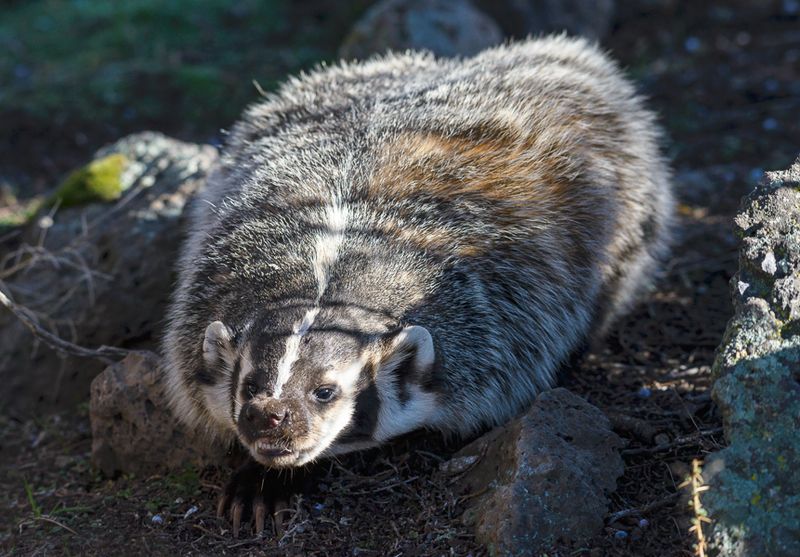
American badgers, with their stocky build and strong claws, are formidable diggers of the prairie. These solitary mammals are known for their tenacity and strength.
Badgers primarily feed on small mammals and insects, playing a role in controlling pest populations. Watching a badger excavate soil is a testament to its incredible digging prowess and determination.
Despite their fierce reputation, badgers are rarely aggressive unless provoked. Their presence in the park adds to the rich tapestry of wildlife, showcasing the variety of adaptations among the park’s inhabitants.
Red-tailed Hawks
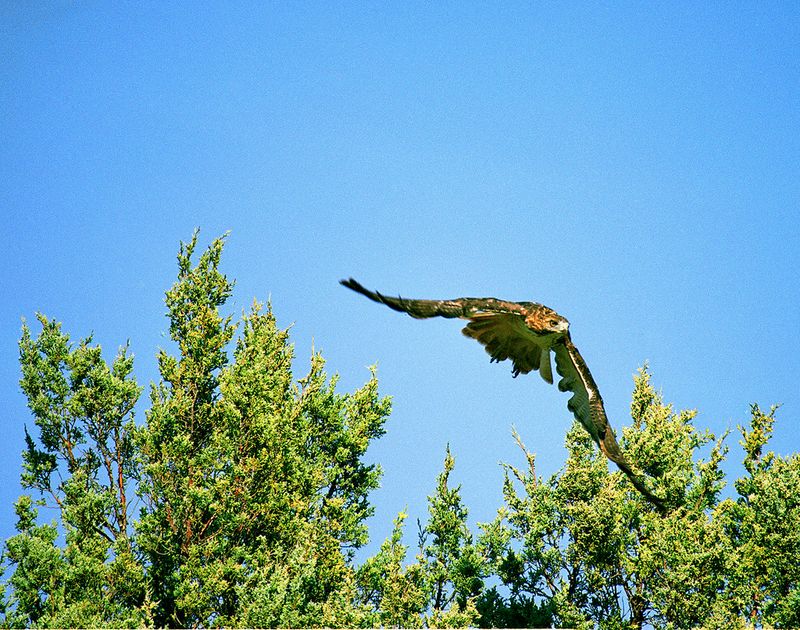
With a screech that echoes across the sky, the red-tailed hawk is a master of the open plains. These raptors are adept hunters, using their keen eyesight to spot prey from great heights.
Watching a red-tailed hawk dive with precision is a display of nature’s prowess and grace. These hawks are highly adaptable, thriving in various habitats across the park.
Their presence is a sign of a healthy ecosystem, indicating a balanced food chain. Observing a red-tailed hawk in flight is an inspiring sight, a tribute to the park’s avian diversity.
Mountain Bluebirds
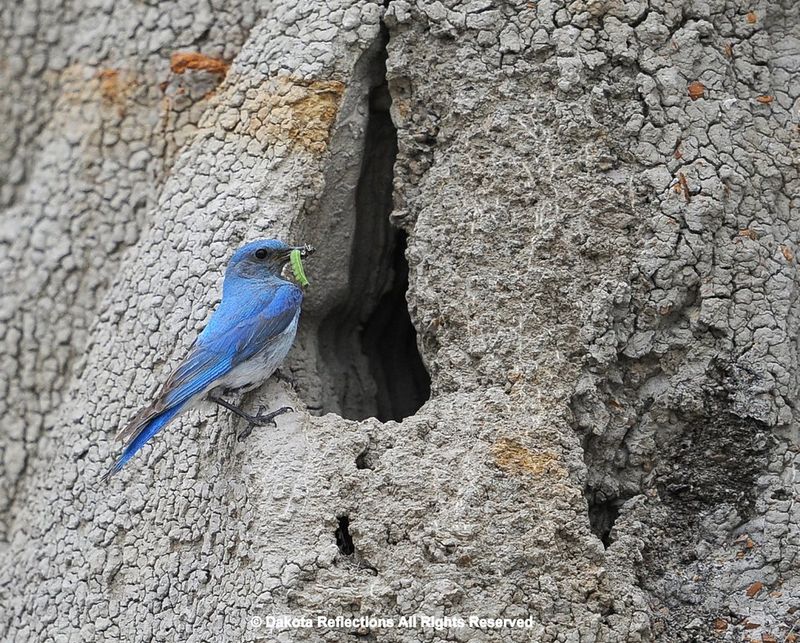
The mountain bluebird, with its dazzling azure plumage, brings a splash of color to the open landscapes. These small birds are known for their cheerful songs and graceful flight.
Watching a bluebird flit between wildflowers is a scene that embodies the essence of spring. Mountain bluebirds feed on insects, contributing to the park’s ecological health.
Their presence is celebrated as a harbinger of good fortune and renewal. Observing a mountain bluebird in its natural habitat is a joyful experience, a reminder of nature’s beauty and resilience.
Northern Flickers
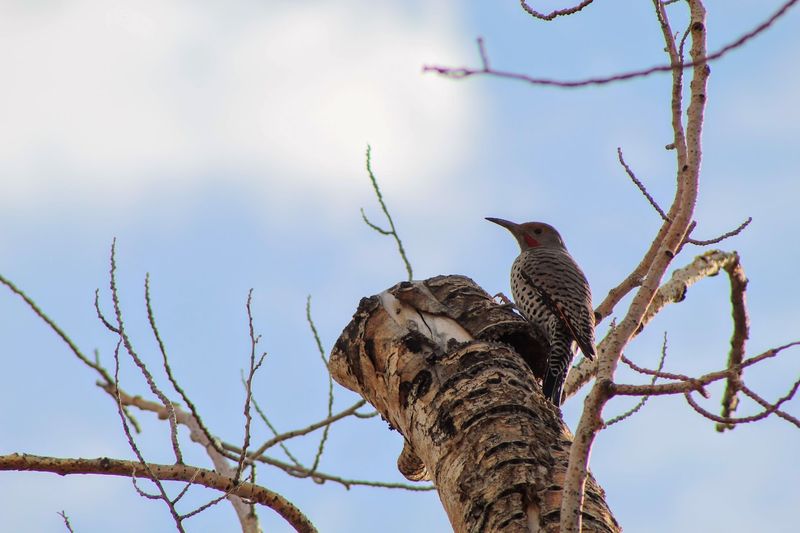
The northern flicker, a type of woodpecker, adds a rhythmic soundtrack to the park’s woodlands. These birds are easily recognized by their spotted plumage and distinctive call.
Watching a flicker peck at a tree in search of insects is a captivating experience. Unlike most woodpeckers, northern flickers are often seen foraging on the ground. Their diet includes ants and beetles, playing a role in pest control.
The presence of northern flickers in the park highlights the diversity of birdlife and the intricate web of ecological interactions.
Beavers
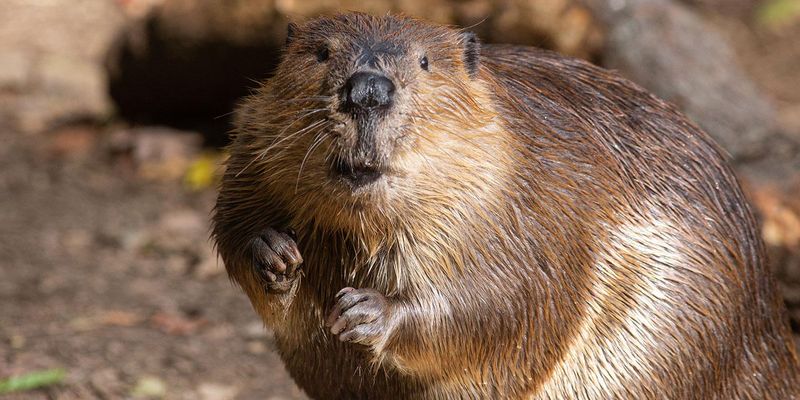
Beavers, nature’s engineers, are remarkable builders of the park’s waterways. These industrious creatures construct dams that create wetlands, fostering biodiversity.
Watching a beaver at work, gnawing on branches and shaping the environment, is a fascinating display of skill and cooperation. Beavers play a crucial role in maintaining healthy ecosystems, providing habitats for numerous species.
Their ability to transform landscapes is a testament to nature’s ingenuity. Observing a beaver in its natural habitat offers insight into the complex dynamics of the park’s aquatic environments and the creatures that call it home.
Western Meadowlarks
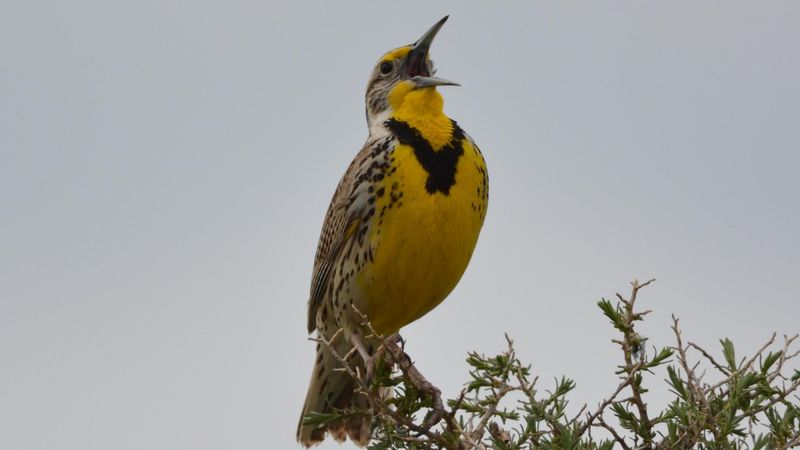
The melodious song of the western meadowlark is a defining sound of the park’s prairies. These birds, with their bright yellow breasts and distinctive markings, are a joy to behold.
Listening to a meadowlark’s flute-like tune is a serene experience, capturing the spirit of open spaces. Meadowlarks are ground nesters, relying on the grasslands for shelter and food.
Their song is a celebration of life, resonating with the rhythm of the prairie. Observing a western meadowlark in full song is a moment of pure connection with the natural world.
Wild Turkeys
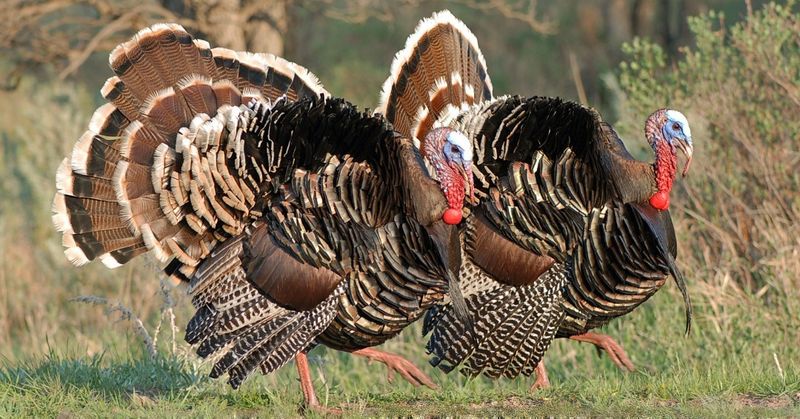
Wild turkeys, with their iridescent feathers and proud demeanor, are a striking presence in the park. These birds are social creatures, often seen foraging in flocks. Watching a turkey display its plumage is a spectacle of color and elegance.
Turkeys play a vital role in seed dispersal and maintaining the ecological balance. Their gobbles echo through the forest, adding to the park’s vibrant soundscape.
Observing wild turkeys in their natural habitat offers a glimpse into the complex social structures and interactions of these fascinating birds. Their presence enriches the park’s wildlife diversity.
Northern River Otters
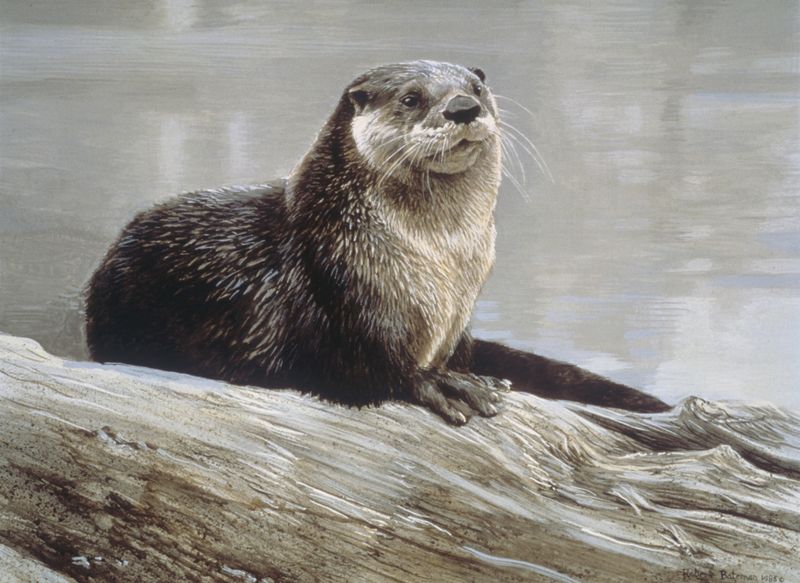
River otters, with their playful antics and sleek bodies, bring joy to the park’s waterways. These agile swimmers are often seen frolicking in streams, showcasing their hunting skills and social bonds.
Watching a river otter slide down a muddy bank is a delightful sight, a testament to their lively nature. River otters are indicators of healthy aquatic ecosystems, relying on clean water and abundant fish.
Their presence in the park reflects successful conservation efforts and a thriving habitat. Observing a river otter in action is a heartwarming experience, embodying the spirit of wilderness.

